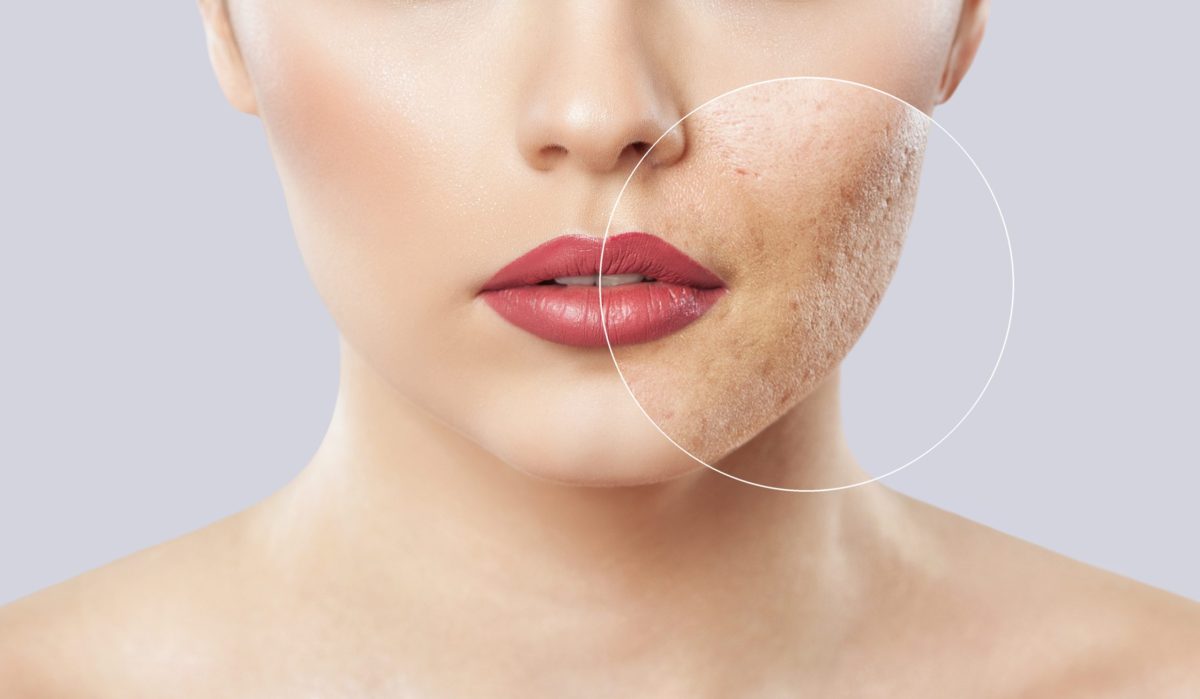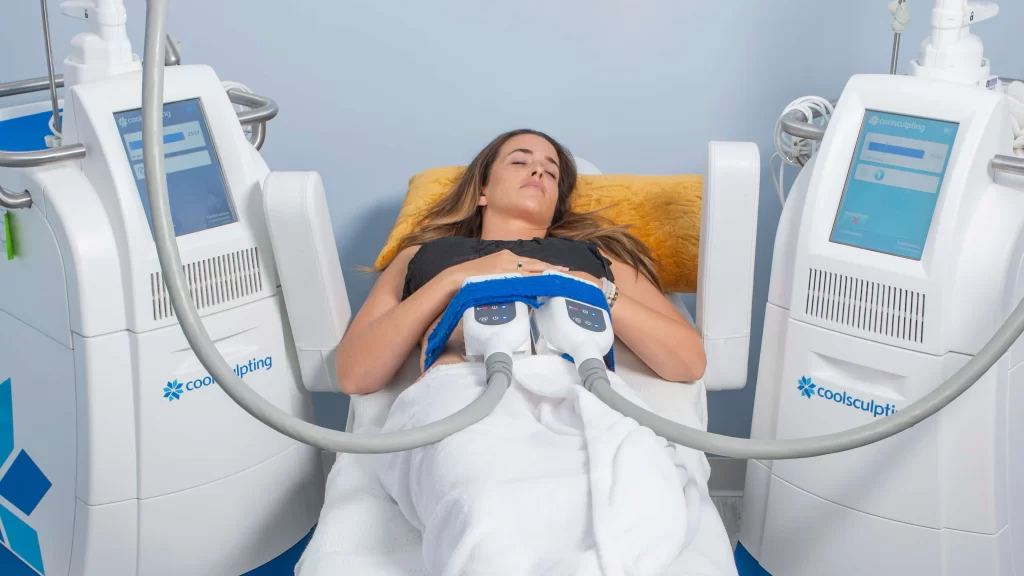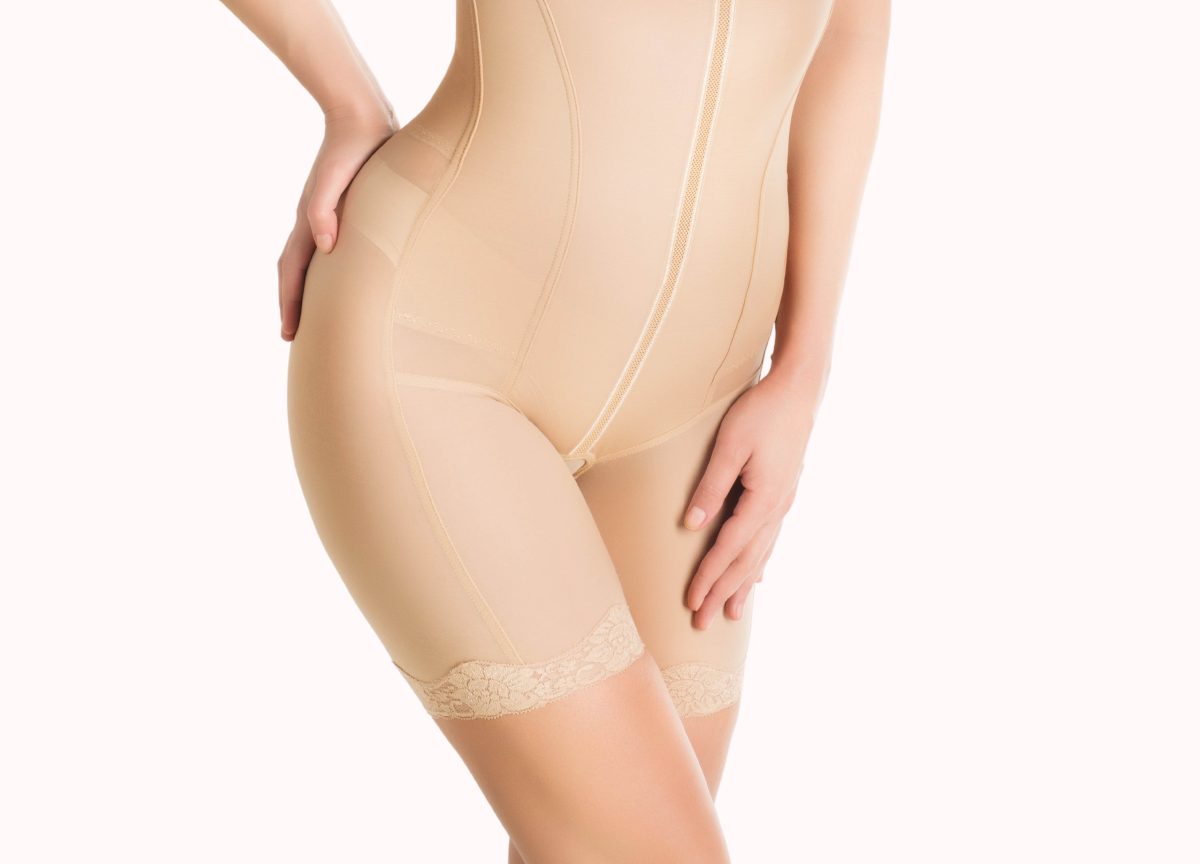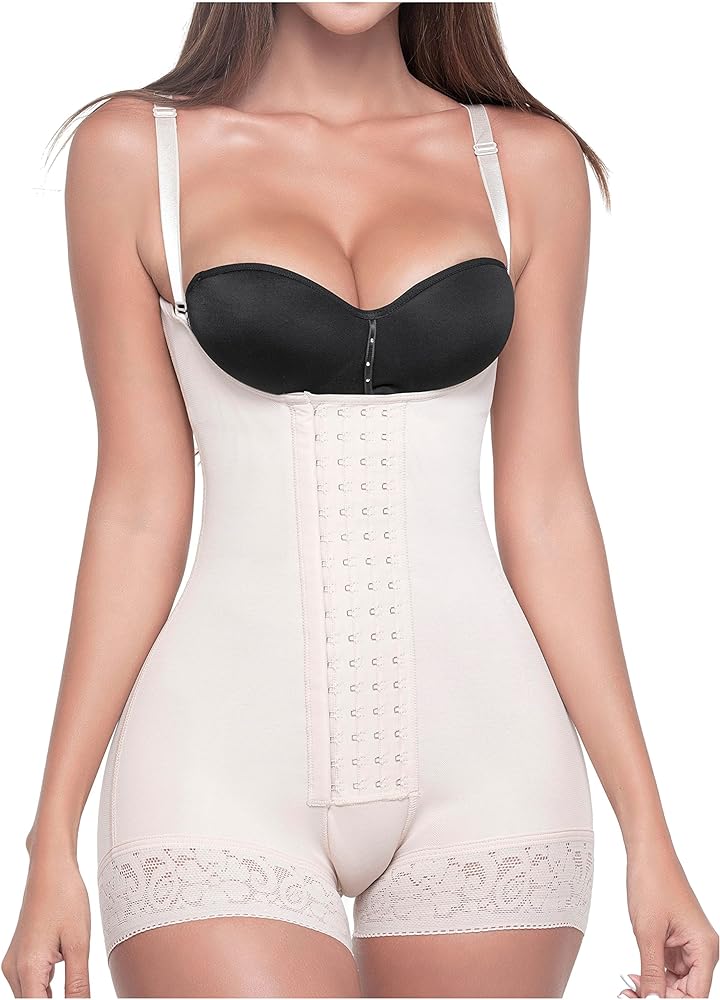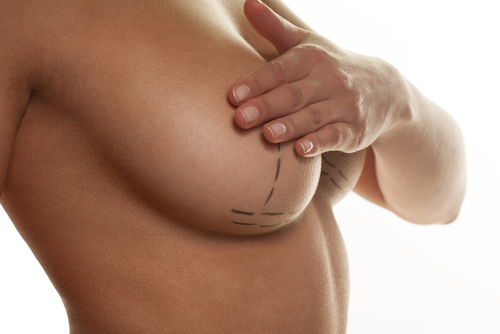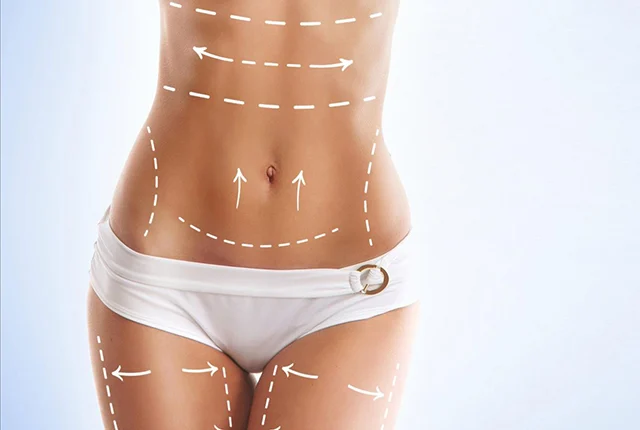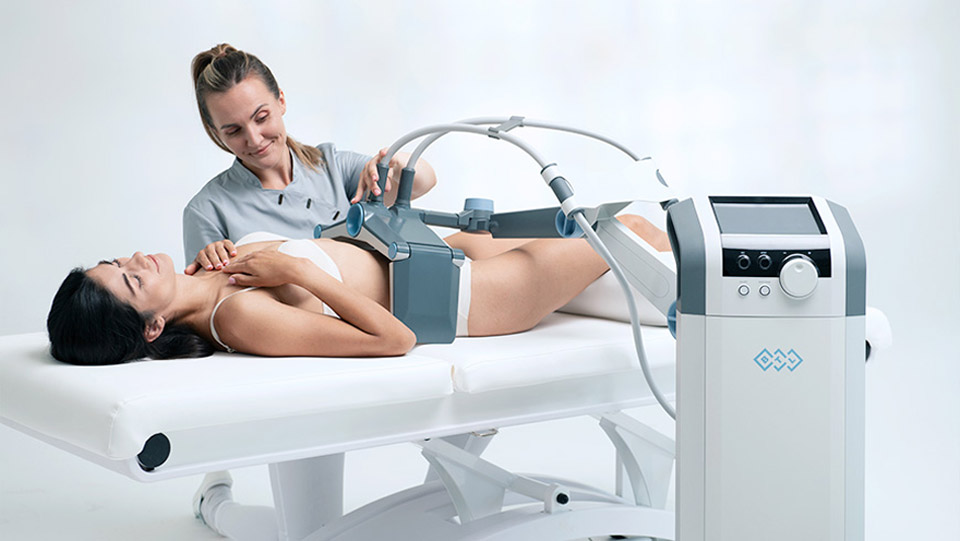What is Love Handles Liposuction
Definition
Liposuction for love handles, a form of elimination surgery, targets excess fat around the waist to achieve a healthy physique, often sought at cosmetic surgery clinics as one of the popular cosmetic procedures. This procedure aims to remove stubborn fat deposits that resist diet and exercise through laser liposuction during a liposuction session as part of the liposuction treatment and liposuction process. The goal is to create a more defined waistline.
Fat accumulation in this area can affect self-esteem. Many people, including men, struggle with love handles despite their best efforts and consider fat removal body options like the liposuction liposuction procedure as a procedure for fat removal. Traditional methods may not provide the desired results. Liposuction offers a solution for men by directly addressing these fat pockets.
Procedure Overview
The procedure involves several steps. First, a consultation occurs with a qualified surgeon. They assess the patient’s health and discuss goals. This helps determine if liposuction is appropriate.
Next, the surgeon marks the love handles lipo treatment areas on the body. Anesthesia is administered to ensure comfort during the procedure. Surgeons use small incisions to insert a thin tube called a cannula. This tool breaks up and removes fat cells.
Advanced techniques like tumescent liposuction are common. This method injects a saline solution into fatty areas. It helps minimize bleeding and swelling while enhancing fat removal.
Benefits of Liposuction
Liposuction provides several advantages. It effectively removes unwanted fat from love handles. Patients often notice immediate results after the procedure. The recovery time is typically shorter than other surgeries.
The procedure also sculpts a more contoured waistline. Many patients feel more confident in their appearance post-surgery. Improved body image can lead to enhanced mental well-being.
Modern techniques reduce invasiveness. Surgeons aim for minimal scarring and faster recovery times. Patients can often return to normal activities within a week or two.
Ideal Candidates
Not everyone is suitable for liposuction. Ideal candidates are generally close to their target weight but struggle with localized fat deposits. Healthy individuals without significant medical conditions are preferred.
Surgeons consider lifestyle factors too. Maintaining a healthy diet and regular exercise improves outcomes. Patients should have realistic expectations about the results.
Risks and Considerations
Like any surgical procedure, liposuction carries risks. Possible complications include infection, bruising, or uneven contours. Discussing these risks with a qualified surgeon is essential before proceeding.
Patients should also understand that liposuction does not replace weight loss methods. A balanced lifestyle remains crucial for long-term success.
Benefits of Love Handles Liposuction
Custom Results
Liposuction for love handles offers custom-tailored results. Each person’s body is unique. The procedure adapts to individual shapes and sizes. Surgeons assess the specific areas of fat to target. This ensures a personalized approach. Patients can discuss their goals with their doctors. Together, they create a plan that suits them best.
Permanent Fat Removal
Liposuction effectively permanently eliminates fat from the love handles. Once fat cells are removed, they do not return. This leads to lasting changes in body shape. Patients often notice significant fat loss in the treated area. This can lead to more confidence in their appearance.
Sleek Contours
Achieving sleek and smooth contours is another benefit of this procedure. Liposuction helps create a tapered figure. It reduces bulges and enhances overall body symmetry. Many patients feel happier with their silhouettes after surgery. They enjoy wearing fitted clothing without discomfort.
Improved Fit and Confidence
Patients experience improved clothing fit after liposuction. Clothes that once felt tight may now fit comfortably. This change boosts self-esteem and encourages a healthier lifestyle. When individuals feel good in their clothes, they often become more active. Increased activity can lead to better health overall.
Safety and Recovery
Safety is a priority in liposuction procedures. Surgeons use advanced techniques to minimize risks. Most patients recover quickly, returning to normal activities within days. Following post-operative care instructions aids healing and maximizes results.
Cost Considerations
Costs for liposuction vary based on location and surgeon expertise. Patients should consider these factors when planning their procedure. Many clinics offer financing options to make it more accessible.
Real-Life Experiences
Many individuals share positive experiences after love handles liposuction. They report feeling more confident and satisfied with their bodies. For example, one patient mentioned how she could finally wear her favorite dress again without feeling self-conscious.
Others highlight improvements in social situations as well. They feel less anxious about how they look during outings or events.
Liposuction Techniques Overview
Tumescent Technique
Tumescent liposuction is one of the most common liposuction procedures. This technique involves injecting a solution into the fat layer. The solution contains saline, lidocaine, and epinephrine. The saline helps to swell the fat cells. Lidocaine numbs the area, while epinephrine constricts blood vessels. This reduces bleeding during surgery.
Surgeons make small incisions in the skin. They then insert a thin tube called a cannula. The cannula removes the excess fat through suction. This method is effective for love handles. It also promotes quicker recovery times.
VASER Liposuction
VASER stands for “Vibration Amplification of Sound Energy at Resonance.” This technique uses ultrasound technology to break down fat cells. Surgeons place a small probe under the skin. The ultrasound waves target and liquefy fat before removal.
This method is less invasive than conventional liposuction. It minimizes damage to surrounding tissues. Patients often experience less swelling and bruising post-surgery. VASER liposuction can also promote skin tightening after treatment.
Choosing the Right Technique
Selecting the right liposuction technique depends on individual goals and body types. Each patient has unique needs based on their physique and desired outcomes. Consulting with a qualified surgeon is essential.
Surgeons evaluate factors like skin elasticity and fat distribution. They create a personalized liposuction plan that suits each patient best. Understanding both tumescent and VASER techniques helps patients make informed decisions.
Comparison of Techniques
Both tumescent and VASER liposuction have their advantages. Tumescent liposuction is widely practiced and effective for removing larger amounts of fat. It offers good results with minimal downtime.
VASER liposuction focuses on precision and less trauma to surrounding tissues. It’s ideal for those looking for smoother contours and enhanced skin tightening effects.
Consider these points when evaluating options:
-
Recovery Time: Tumescent offers quick recovery; VASER may reduce swelling.
-
Fat Removal: Tumescent works well for larger areas; VASER provides precision.
-
Skin Tightening: VASER may better promote skin elasticity post-surgery.
Understanding these differences can help patients choose wisely.
Tumescent Liposuction Method
Overview
Tumescent liposuction is a popular technique for removing fat from specific areas, like love handles. This method minimizes strain on the body during fat elimination. It uses a special fluid called tumescent fluid.
Tumescent Fluid Composition
The tumescent fluid consists of saline, epinephrine, bicarbonate, and lidocaine. Saline helps to fill the area with fluid. This process swells the fat cells, making them easier to emulsify. Epinephrine constricts blood vessels and reduces bleeding during the procedure. Lidocaine acts as a local anesthetic, ensuring patient comfort.
Procedure Benefits
Tumescent lipo offers a safe way to achieve tighter, more flattering hips. The swelling caused by the tumescent fluid allows for gentler removal of fat. Surgeons can target specific areas without causing significant trauma to surrounding tissues.
Less trauma means quicker recovery times compared to traditional liposuction methods. Patients often experience less pain and fewer complications after surgery.
Emulsification Process
During the procedure, the tumescent fluid is injected into the targeted area. This causes the fat cells to swell and become more pliable. Swollen fat cells are easier to break down and remove through suction.
Ultrasound energy may also be used in some cases. This energy further assists in breaking down fat before removal. The combination of tumescent fluid and ultrasound makes for an effective technique.
Recovery Time
Recovery from tumescent liposuction is generally quicker than traditional methods. Patients can typically return to normal activities within a few days. Some swelling and bruising may occur but usually subside within a week or two.
Surgeons often recommend wearing compression garments post-surgery. These garments help reduce swelling and support healing.
Safety Profile
Tumescent liposuction has a strong safety profile when performed by qualified professionals. The use of local anesthetics reduces risks associated with general anesthesia. Fewer complications arise due to reduced blood loss during the procedure.
Patients should consult with their surgeon about potential risks and benefits before surgery. Understanding what to expect can ease anxiety and improve outcomes.
VASER Liposuction Technique
Ultrasound Technology
VASER liposuction uses ultrasound technology to optimize fat breakdown. This method helps target specific areas, such as love handles, more effectively than conventional liposuction surgery. The ultrasound waves emulsify fat cells in a tumescent fluid. This process makes it easier for the surgeon to remove unwanted fat.
The technique is less invasive than traditional methods. It minimizes damage to blood vessels and surrounding tissues. As a result, patients often experience less bruising and swelling. Recovery times tend to be shorter, allowing individuals to return home sooner.
Emulsification Process
The emulsification of fat cells is key to VASER liposuction. The ultrasound waves create vibrations that break down the fat cells into a liquid form. This process allows for a smoother extraction through a small cannula. The cannula is inserted through tiny incisions, reducing scarring.
Surgeons can precisely control the amount of fat removed. They can also customize body contours during the procedure. This level of precision leads to more aesthetically pleasing results. Patients often appreciate the slim and smooth appearance achieved through this method.
Skin Tightening Benefits
VASER liposuction also aids in skin tightening. The ultrasound energy stimulates collagen production in the skin. This natural response helps tighten loose skin after fat removal. Patients enjoy firmer skin without additional procedures.
The tightening effect enhances the overall outcome of the surgery. Many individuals report higher satisfaction levels due to these results. A well-contoured body with tight skin can boost confidence significantly.
Customization of Results
Customization is another major advantage of VASER liposuction. Surgeons can adjust settings based on individual needs and goals. This allows for tailored treatments that fit specific body types.
Patients seeking help with love handles can expect targeted results. The surgeon can sculpt the area according to their desires. This unprecedented degree of customization sets VASER apart from other techniques.
Ideal Candidates for Love Handles Liposuction
Good Health
Liposuction patients should be in good health. This is crucial for a successful procedure and recovery. Individuals with chronic conditions may face higher risks during surgery. A thorough medical evaluation is necessary before proceeding.
Candidates must also avoid smoking and certain medications that could complicate the process. Staying healthy helps ensure better results and a smoother recovery.
Realistic Expectations
Those considering liposuction for unflattering love handles must have realistic expectations. This procedure is not a weight-loss solution. It targets stubborn fat areas, such as the waistline and hips. Patients should aim for improvement in body contours rather than perfection.
Understanding what liposuction can achieve is vital. Many candidates expect to see immediate changes, but results take time to fully develop. Patience is key after undergoing the procedure.

Close to Goal Weight
The best results from liposuction occur in candidates who are close to their goal weight. Those within a few pounds of their ideal weight see significant improvements in their body shape. Fatty bulges around the flanks and inner thighs respond well to this technique.
Liposuction works by removing subcutaneous fat cells. These fat cells often resist diet and exercise efforts. Therefore, targeting these areas can help create more desirable body contours.
Stubborn Fat Areas
Ideal candidates typically struggle with stubborn fat that does not respond to traditional weight loss methods. Love handles are a common concern for many men and women alike. These fatty deposits often linger despite regular exercise and healthy eating.
Liposuction specifically addresses these problem areas effectively. Patients can expect to see a reduction in the appearance of love handles after treatment.
Age Considerations
While there is no strict age limit, younger candidates tend to have better skin elasticity. This can enhance overall results after liposuction. Older individuals may still benefit but should consider potential skin laxity.
Consulting with a qualified surgeon helps determine if one is an appropriate candidate based on age and skin condition.
Consultation and Preparation Process
Personalized Consultations
Dr. Friedlander offers personalized consultations to help patients understand their options. Each consultation aims to create customized treatment plans. This ensures that every individual receives the best possible care tailored to their needs.
During the consultation, Dr. Friedlander examines fat stores around the body. He also reviews the patient’s medical history and current medication use. This thorough assessment helps determine the most suitable type of liposuction for each patient.
Pre-Surgical Guidelines
Patients must follow certain guidelines before undergoing liposuction. Discontinuing blood-thinning medications is crucial. These can include aspirin, ibuprofen, and certain supplements. Stopping these medications reduces the risk of excessive bleeding during surgery.
Quitting smoking is another important step. Patients should aim to stop smoking at least 2-4 weeks prior to the procedure. Smoking can hinder healing and increase complications after surgery.
Recovery Preparation
Setting up a recovery area at home is essential for a smooth recovery process. Patients should arrange for a companion to drive them home after surgery. An adult friend or family member can assist with daily tasks during recovery.
Having a comfortable space helps patients rest properly after the surgical procedure. It is also wise to prepare meals in advance or have easy-to-make options available. This ensures that nutrition needs are met without much effort post-surgery.
Importance of Exercise
Maintaining a good exercise routine is vital before the procedure. Regular physical activity can improve overall health and prepare the body for surgery. It also helps manage weight, which is beneficial when considering liposuction.
After the procedure, following a structured exercise plan will aid in recovery and enhance results. Patients should consult with their healthcare provider about safe exercises post-surgery.
Time Commitment
The entire consultation and preparation process may take time, but it is worth it. Patients should expect multiple appointments leading up to the surgical date. This allows ample time for questions and adjustments to the treatment plan.
The commitment to this process reflects a dedication to achieving desired body goals. Understanding each step ensures that patients feel confident moving forward with their decision.
Love Handles Liposuction Procedure
Overview
Love handles liposuction is a targeted fat removal procedure. It focuses on the areas around the hips and abdomen. This procedure helps in achieving a more contoured body shape. Many people seek love handle liposuction to address unloved love handles that resist diet and exercise.
Procedure Duration
The entire liposuction surgery typically takes about 2-3 hours. This time frame allows for careful planning and execution. Surgeons aim for precision during the fat removal process.
Anesthesia Used
IV sedation is commonly used during the procedure. This method keeps patients comfortable throughout the surgery. Patients often feel relaxed and unaware of the operation taking place. Sedation helps reduce anxiety, making the experience more pleasant.
Techniques Employed
Specialized techniques are key to successful love handle liposuction. Surgeons use advanced methods to ensure precise fat removal and contouring. These techniques minimize damage to surrounding tissues. As a result, patients experience less swelling and bruising post-operation.
Target Areas for Liposuction
Liposuction addresses specific areas where fat accumulates. For love handles, this includes the sides of the abdomen and hips. The procedure can also target other areas like thighs and arms if needed. Surgeons evaluate each patient’s unique needs during the consultation process.
Expected Results
Patients can expect stunning liposuction results after recovery. The final appearance may take several weeks to fully develop as swelling decreases. Many individuals report feeling more confident in their bodies after treatment. Liposuction results are long-lasting when combined with a healthy lifestyle.
Cost Considerations
Liposuction costs vary based on multiple factors. These include the surgeon’s experience, location, and extent of the procedure. A free liposuction consultation can help determine individual pricing based on specific goals. Patients should discuss all financial aspects before proceeding with surgery.
Post-Operative Care
Post-operative care is crucial for optimal recovery. Patients should follow their surgeon’s instructions closely. This may include wearing compression garments to support healing and reduce swelling.
Recovery and Expected Results
Initial Recovery
Recovery starts right after the liposuction procedure. The initial recovery period usually lasts a few days to a week. During this time, patients may experience swelling, bruising, and discomfort around the treatment site. These symptoms are normal and part of the healing process.
Rest is crucial during this phase. Patients should avoid strenuous activities for at least a week. This allows the body to begin its healing without extra strain. Following the doctor’s instructions helps ensure safety and promotes better recovery.
Visible Changes
Final results from liposuction become visible after several months. As the body heals, the swelling reduces significantly. Patients often notice a significant reduction in love handles as they continue to recover. However, realistic expectations are important. Liposuction does not provide instant results.
The body takes time to adjust to the changes made during the procedure. Factors like individual healing rates affect how quickly results appear. Some patients may see improvements sooner than others.
Long-lasting Results
Maintaining a healthy lifestyle is essential for long-lasting results. A balanced diet and regular exercise can help sustain the improved look achieved through liposuction. Without these efforts, the fat may return over time.
Patients should focus on their goals post-treatment. Setting realistic goals aids in staying motivated. Regular follow-up appointments with healthcare providers ensure optimal recovery and satisfaction with the results.
Emotional Benefits
Many patients report increased confidence after seeing their final results. The improvement in appearance can lead to better self-esteem. Feeling good about one’s body has positive effects on mental health.
Support from friends and family also plays a role in emotional recovery. Sharing experiences helps patients feel less isolated during their healing journey.
Closing Thoughts
Love handles liposuction can be a game-changer for your body confidence. It targets stubborn fat, giving you a smoother, more contoured silhouette. With various techniques available, you can choose the one that suits your needs best. Understanding the benefits and recovery process helps set realistic expectations.
If you’re considering this procedure, consult with a qualified professional to discuss your options. Take the first step toward the body you desire. Your journey to a more confident you starts today!
Frequently Asked Questions
What is liposuction for love handles?
Liposuction for love handles targets excess fat around the hips and abdomen. It enhances body contour by removing stubborn fat deposits, leading to a more defined silhouette.
Who is an ideal candidate for love handles liposuction?
Ideal candidates are generally healthy adults with localized fat in the love handle area. They should have realistic expectations and be at or near their goal weight.
What are the benefits of love handles liposuction?
Benefits include improved body shape, increased confidence, and a more proportionate figure. It can also enhance clothing fit and overall appearance.
How long does the recovery take after love handles liposuction?
Recovery typically takes one to two weeks. Most patients return to normal activities within this timeframe, although full results may take several months to appear.
Are there any risks associated with love handles liposuction?
Like any surgical procedure, risks include infection, scarring, and uneven results. Choosing a qualified surgeon minimizes these risks significantly.
What techniques are used in love handles liposuction?
Common techniques include tumescent liposuction and VASER liposuction. Each method offers unique advantages, such as less downtime or enhanced precision.
How can I prepare for a consultation about love handles liposuction?
Prepare by listing your goals, medical history, and any medications you take. Bring questions to ensure you understand the procedure and its implications fully.




